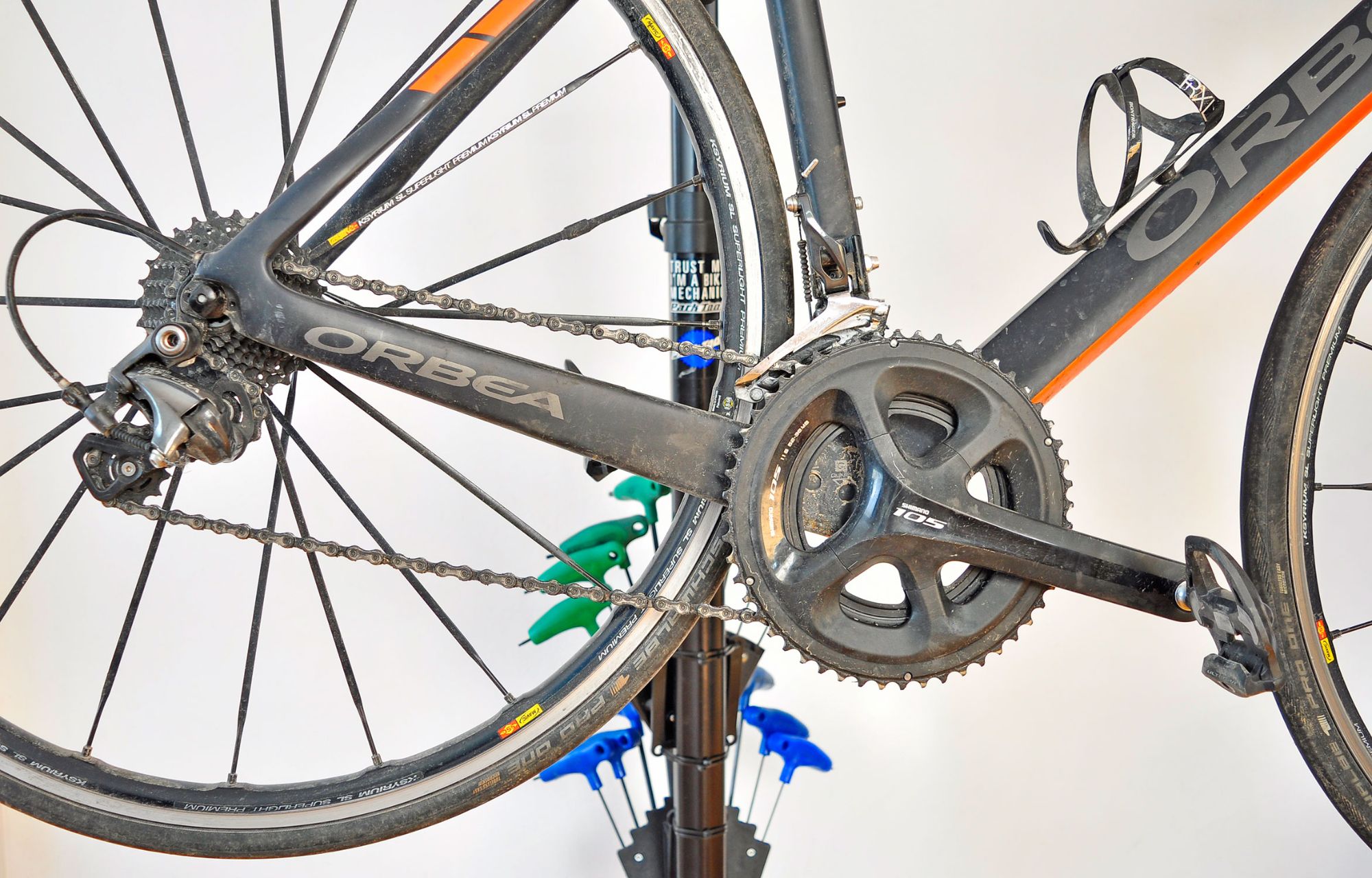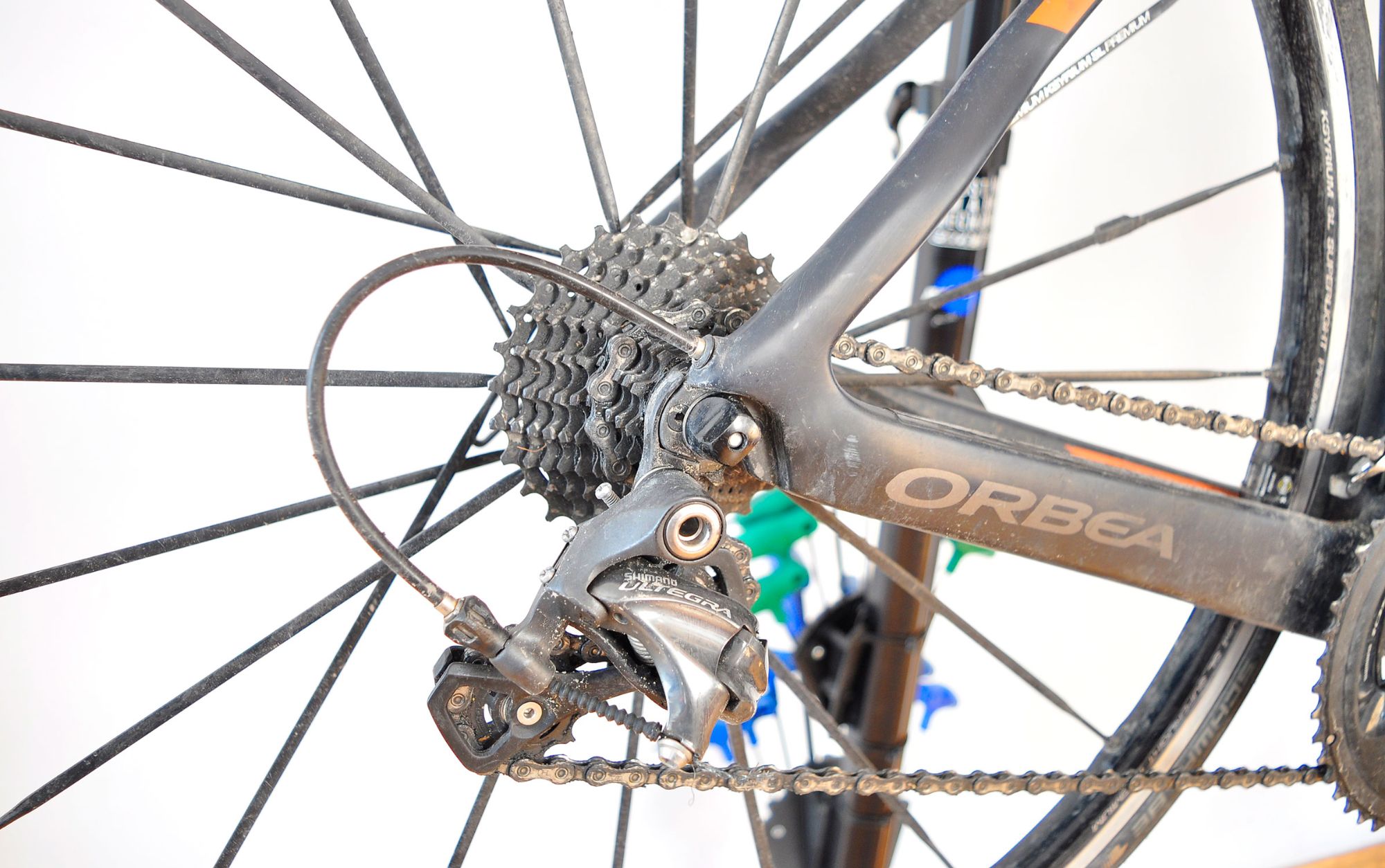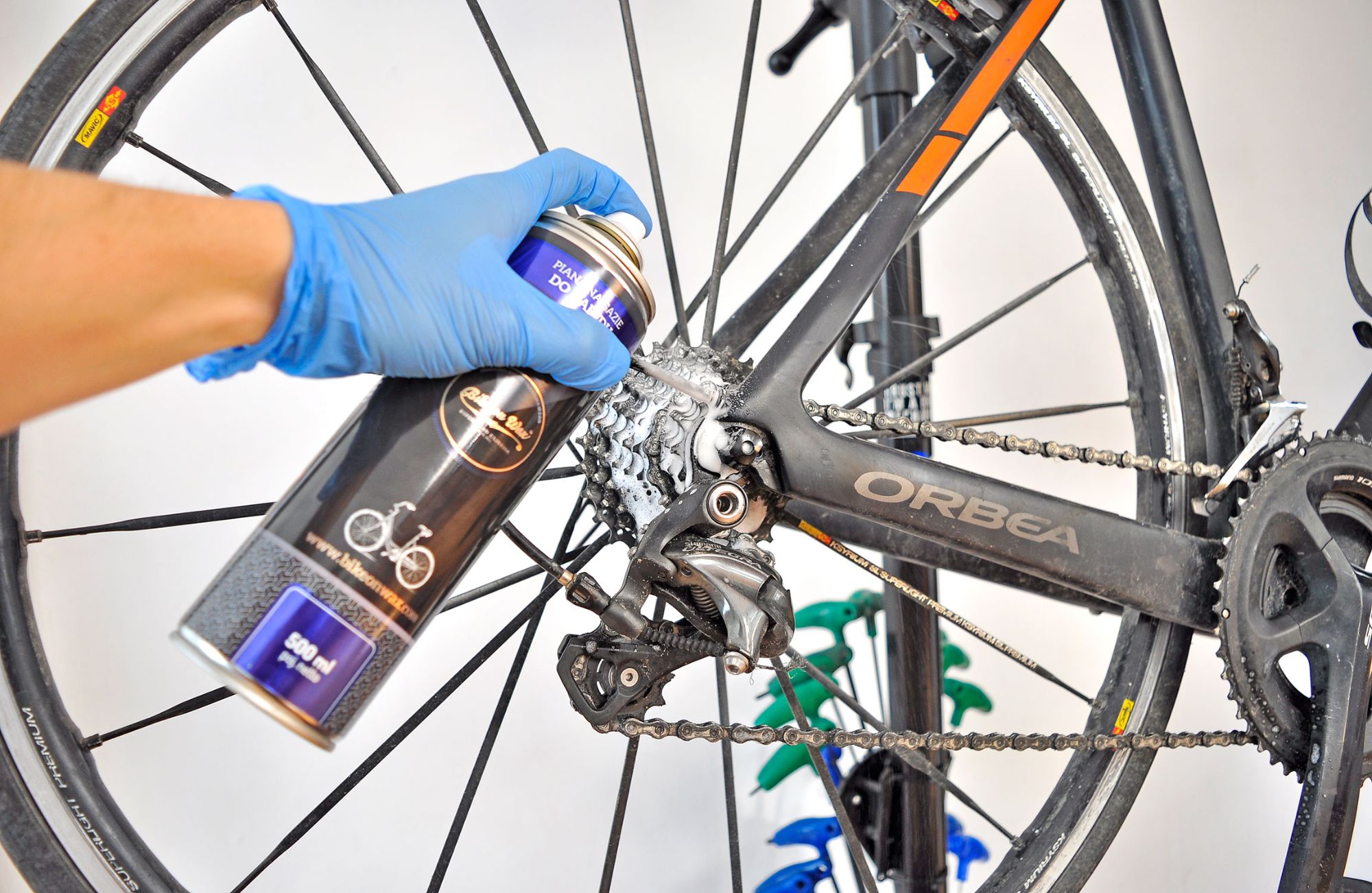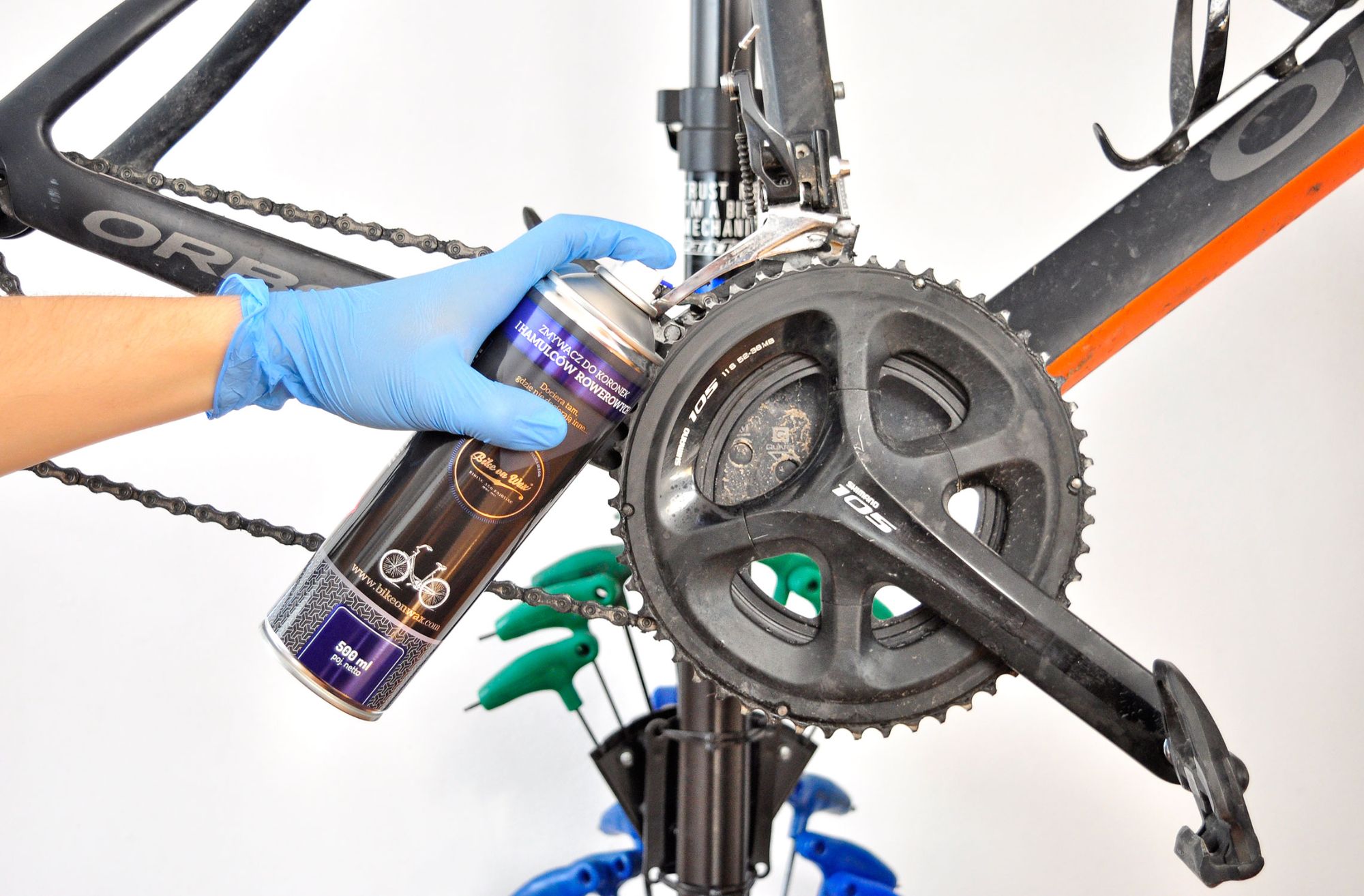It happens that winter and the so called
transition period is a hard time not only for the cyclist, but for his (her) bike as well. After leaving work, we usually have no both time and will to take care of the bicycle. We just turn on the lights and go out to training, biking or to get done a variety of prosaic, life matters. Our dirty, dry, covered with road salt, rusting drivetrains also work under quite a lot of pressure and, often, have not easy life with us. When we combine this with the fact, that the winter weather is capricious: once winter frost, once spring rain, once autumn mud, we receive a truly explosive mix.

Among the cyclists are both sticklers cleaning
the chain after every ride and romantic rebels, wiping the chain with a dirty
cloth occasionally. It's a truism, but a well-maintained drivetrain will pay
off with quiet operation and longer life. Regular care of a few sensitive
elements in the bike can make these actions simple, fast and maybe even
enjoyable.
While working with the drivetrain, it’s worth
looking for potential defects of the frame, as well as checking if any
components need to be replaced. If the drivetrain is heavy soiled, you can
start with treating it with a proper chemistry, which will dissolve dried dirt.
It is definitely worth disassembly the crank, chain and cassette, if you are
not cleaning the bike regularly. You can cover all the dirty parts with active
foam and wait for it to start working.

To clean the cassette you can use things available in every home - a teeth brush and a cotton cloth. Use them to remove the dirt when the foam make its work. The next step can be the use of laces and brakes cleaner, which will perfectly remove grease residues and deposits from various nooks. The chainrings can be cleaned by the same method as for the cassette.

It is best to unclip the chain; pour the degreaser into an old plastic bottle, put there the chain and shake intensively. After the bath, mount the chain back on the bike. A good practice is to apply lace cleaner and wash the chain with a chain cleaner tool. If you don’t have one, take a second bottle and redo the bath.

The chain dries, the household members look for their brushes and t-shirts, and we look at our derailleurs. It is worth covering them with a layer of foam or degreasing agent, too. Then wash the derailleurs from mud, salt and grease. Steel pins, which are present in most derailleurs, rust and, when neglected, can even make the derailleur’s work impossible. For drying you can use compressed air, which does a great job; when not having a can of air, try a chain oil in aerosol. Pressurized oil should get rid of degreaser residue and leave a thin, lubricating layer that doesn't stick to dirt.
Apply the oil onto the derailleur gently, being careful not to grease undesirable areas, like brake discs or pads. It is worth to click the shifters’trigger while oiling; the agent will be distributed evenly on each link. Now let’s clean the derailleurs until dry, not forgetting the jockey wheels. In cheap derailleur models the jockey wheels have plain bearings (in this case cleaning and lubrication will be enough), in more expensive ones we can find ball bearings. If they rotate with noticeable resistance, carefully pry the gaskets on both sides and rinse oil by turning wheel to flush out dirt. After drying with compressed air, apply grease.
What’s left at the moment is the chain, now dry and shiny. For every single roll apply a drop of your favourite oil. The best practice is to leave the chain for a few hours, giving the oil time to flow in everywhere. The final touch is to wipe the chain gently with a clean cloth.
It’s done! We sincerely advice you to take care of regular maintenance. Simple daily activities on the drivetrain will make the whole procedure stay shortened several times, and most of them will be made without disassembly.
What to remember?
+ the minimum of attention after the ride is to
wipe the chain and sprockets with a clean cloth
+ oil the chain only when it needs it
+ after riding in wet conditions, be sure to check the condition of the
bearings inside the bottom bracket; under extreme conditions, damaged bearings
will destroy the crank axis or the carbon frame muff
+ regularly measure chain wear
What to do not?
- don’t leave your bike wet for hours after
the ride, especially forget about “I’ll think about it tomorrow”; taking a
quick care after the ride is way better than fighting an unequal battle with
rust
- don’t use a pressure washer if you are not sure how to do it safely
(sometimes the use of the washer is a lesser evil, e.g. after a 100 km ride in
road salt, but you need to act wisely)
- don't leave the bike at the mercy of fate; prevent, not cure